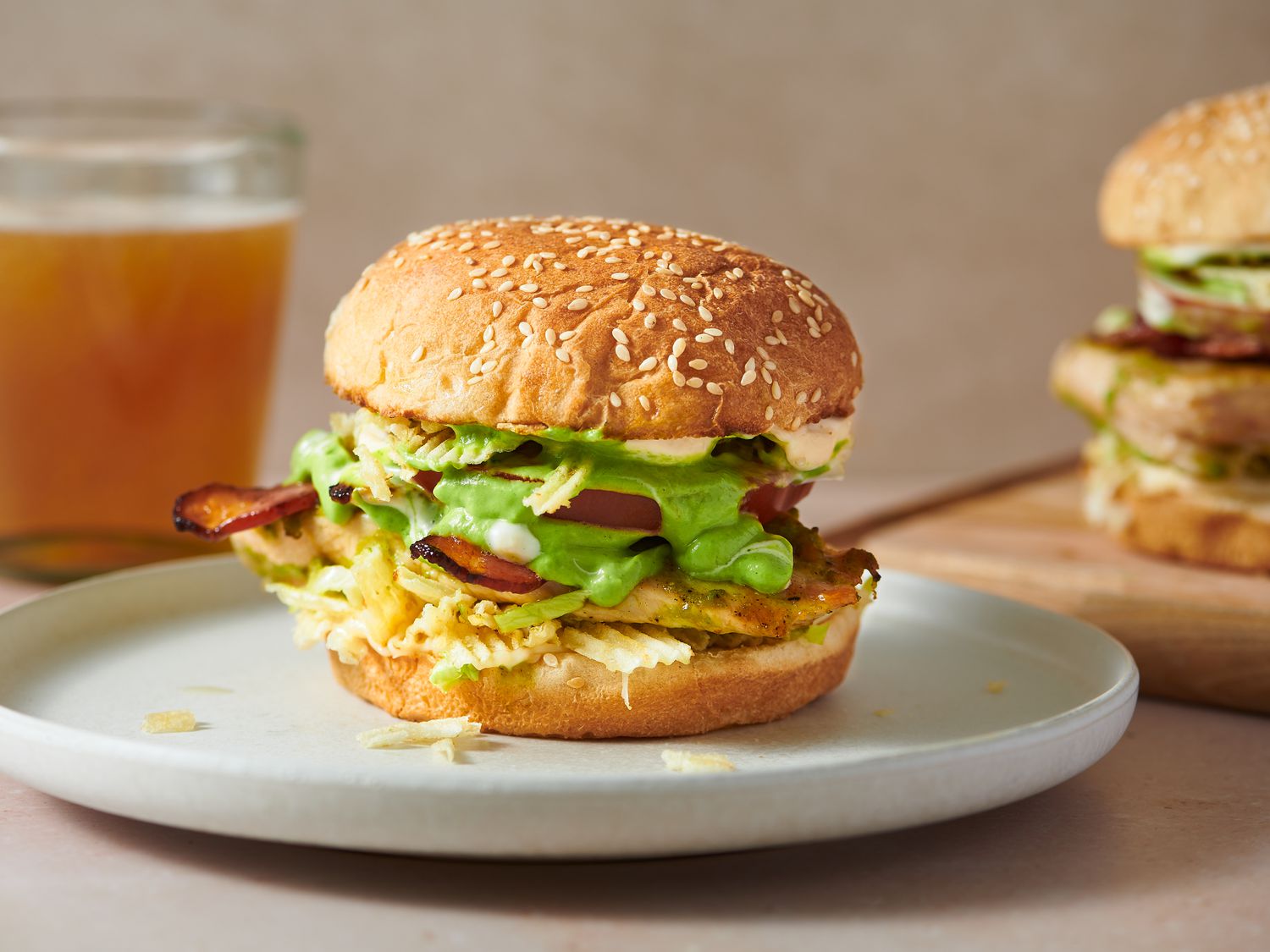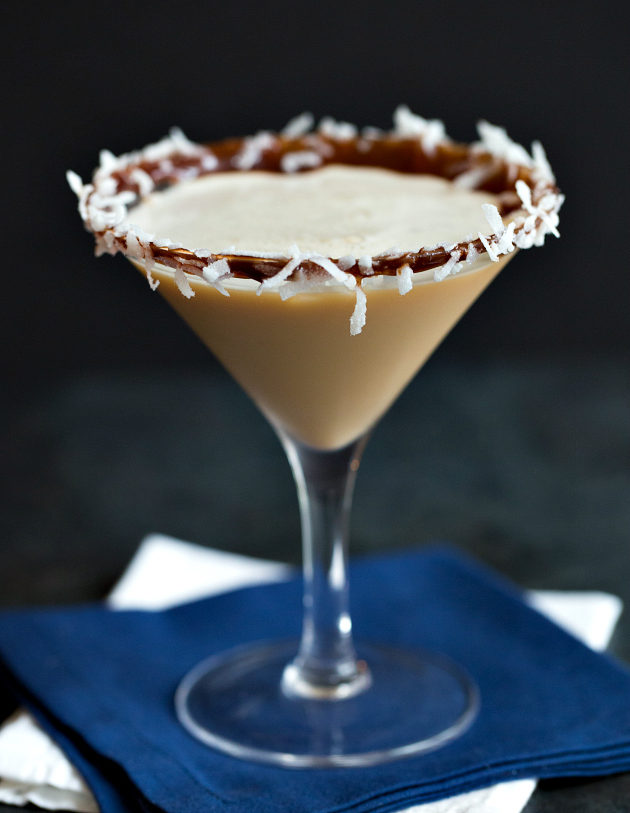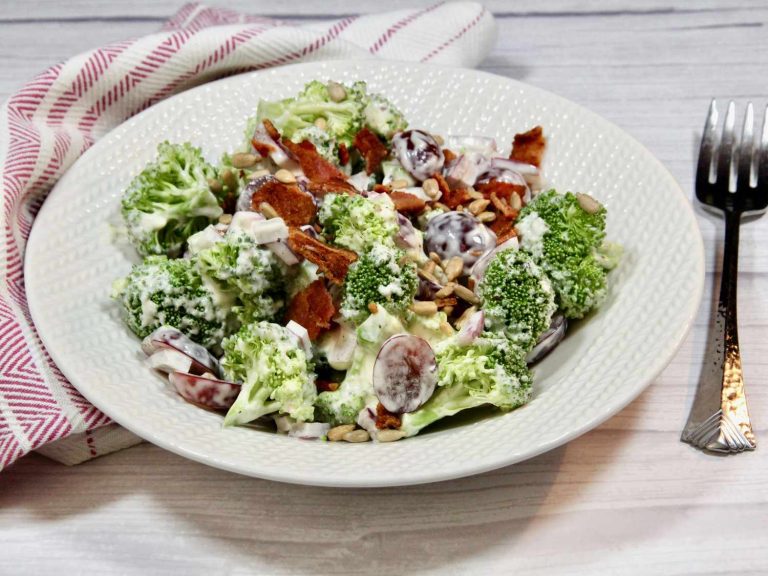Barbeque Chicken: History, Techniques, and the Perfect Sides and Drinks
Barbeque chicken traces its roots back to indigenous peoples in the Caribbean, who developed the “barbacoa” cooking method. Spanish explorers introduced this technique to the Americas in the 1500s. By the 17th century, barbeque culture had spread throughout the Southern United States, specializing in slow-cooked meats and unique spice blends.
Barbeque chicken’s evolution reflects regional preferences and available ingredients. Early recipes featured whole chickens cooked over open flames, with simple seasonings like salt and pepper. In the 20th century, advancements in grilling technology allowed for more controlled cooking, leading to the invention of marinades and sauces that define modern barbeque chicken.
Regional Variations
In the United States, barbeque chicken showcases distinct regional variations, each with unique flavors and techniques:
- Carolina: Known for a tangy vinegar-based sauce, Carolina-style barbeque chicken typically includes a peppery kick.
- Kansas City: This style features a thick, sweet tomato-based sauce, often with molasses or brown sugar.
- Texas: Texas barbeque chicken emphasizes dry rubs with a strong blend of spices such as chili powder, cumin, and paprika.
- Memphis: Using a balance of sweet and spicy, Memphis-style includes a thin tomato-based sauce with a vinegar tang.
These variations display the rich diversity within barbeque culture and invite you to explore different flavors in your own barbeque chicken endeavors.
Key Ingredients for the Perfect Barbeque Chicken
Choosing the Right Chicken
Selecting high-quality chicken enhances the taste and texture of your barbeque. Opt for fresh, free-range chicken to ensure better flavor. Whole chickens, drumsticks, and thighs are excellent choices. Thighs and drumsticks retain moisture well during grilling. For uniform cooking, cut pieces to similar sizes. Avoid frozen chicken as it tends to dry out.
Essential Spices and Sauces
Spices and sauces define the flavor profile of barbeque chicken. Common spices include paprika, garlic powder, onion powder, and black pepper. Rub these spices on the chicken for a deep, smoky flavor.
| Spice | Quantity |
|---|---|
| Paprika | 2 tbsp |
| Garlic Powder | 1 tbsp |
| Onion Powder | 1 tbsp |
| Black Pepper | 1 tsp |
Barbeque sauces vary by region. Carolina-style boasts a vinegar base, Kansas City favors a tomato and molasses blend, Texas sauce features a bold, peppery taste, and Memphis sauce often merges these elements. Brush sauce on the chicken during the last few minutes of grilling to avoid burning.
Incorporating these key ingredients ensures flavorful, mouth-watering barbeque chicken every time.
Cooking Techniques
Grilling vs. Smoking
Grilling and smoking represent two primary methods of cooking barbeque chicken. Grilling applies direct heat. The chicken cooks faster, retaining a distinct char and smokiness from open flames. Typically, grilling suits cuts like breasts, thighs, and drumsticks for even cooking. Use medium to high heat for searing and locking in juices.
Smoking employs indirect heat at lower temperatures. The process slowly infuses the chicken with a deep, smoky flavor. This technique is ideal for whole chickens or larger cuts, ensuring tenderness and flavor permeation. To smoke chicken, maintain a consistent temperature, usually between 225-250°F, using wood chips like hickory or apple.
Tips for Juicy and Flavorful Chicken
Keeping your barbeque chicken juicy and flavorful involves several essential steps. Marinating the chicken prior to cooking enhances moisture and imparts deep flavor. Opt for ingredients like olive oil, lemon juice, soy sauce, and spices for an optimal marinade.
Brining the chicken also contributes to juiciness. Submerge the chicken in a saltwater solution for a few hours before cooking. This method helps the meat retain moisture during grilling or smoking.
Cooking the chicken at the right temperature is crucial. Use a meat thermometer to ensure the internal temperature reaches 165°F. Avoid overcooking, which dries out the meat.
Basting the chicken with barbeque sauce during the last stages of grilling or smoking adds flavor and moisture. Apply the sauce in layers, giving it time to caramelize without burning. Consider using a blend of butter and herbs to baste, enhancing the chicken’s savory profile.
By employing these techniques, you can achieve juicy, flavorful barbeque chicken that stands out at any gathering.
Serving and Pairing Ideas
Side Dishes
Accompanying barbeque chicken with the right side dishes enhances the meal. Consider classic sides such as coleslaw, baked beans, and cornbread. Coleslaw offers a crisp texture and a tangy flavor that balances the richness of the chicken. Baked beans, especially those cooked with bacon and molasses, provide a sweet and smoky counterpart. Cornbread, either sweet or savory, complements the flavors while adding a satisfying texture.
For a fresh touch, prepare a green salad with ingredients like mixed greens, cherry tomatoes, and cucumber. Dressing it with a light vinaigrette will keep the flavors vibrant. Another option is grilled vegetables such as zucchini, bell peppers, and asparagus. Their charred flavors harmonize with barbeque chicken. If you prefer a starchy side, consider mashed potatoes or a creamy potato salad. Both add comfort and depth to the meal.
Beverage Pairings
Pairing barbeque chicken with the right beverages can elevate your dining experience. For alcoholic choices, beer, especially pale ales and lagers, stands out. Pale ales offer hoppy notes that contrast the sweetness of the barbeque sauce, while lagers provide a crisp, clean finish. If you prefer wine, opt for Zinfandel or Syrah. Zinfandel’s fruity notes and moderate tannins make it a versatile pairing, while Syrah’s bold flavors stand up well to the smoky chicken.
Non-alcoholic options should not be overlooked. Iced tea, particularly sweet tea or a lemon-infused variant, complements the meal’s flavors. Lemonade, whether traditional or pink, provides a refreshing, citrusy balance to the richness of the barbeque chicken. Sodas, such as root beer or cola, offer a sweet and fizzy contrast that many enjoy.
By combining the right side dishes and beverages, you can create a memorable and well-rounded barbeque chicken meal.
Conclusion
Mastering barbeque chicken involves more than just cooking; it’s about creating a full dining experience. With the right side dishes and beverages, you can elevate your barbeque chicken to a new level of deliciousness. Whether you’re hosting a summer cookout or a casual family dinner, these pairing ideas ensure your meal is both satisfying and memorable. So fire up that grill and get ready to enjoy a feast that everyone will remember.






